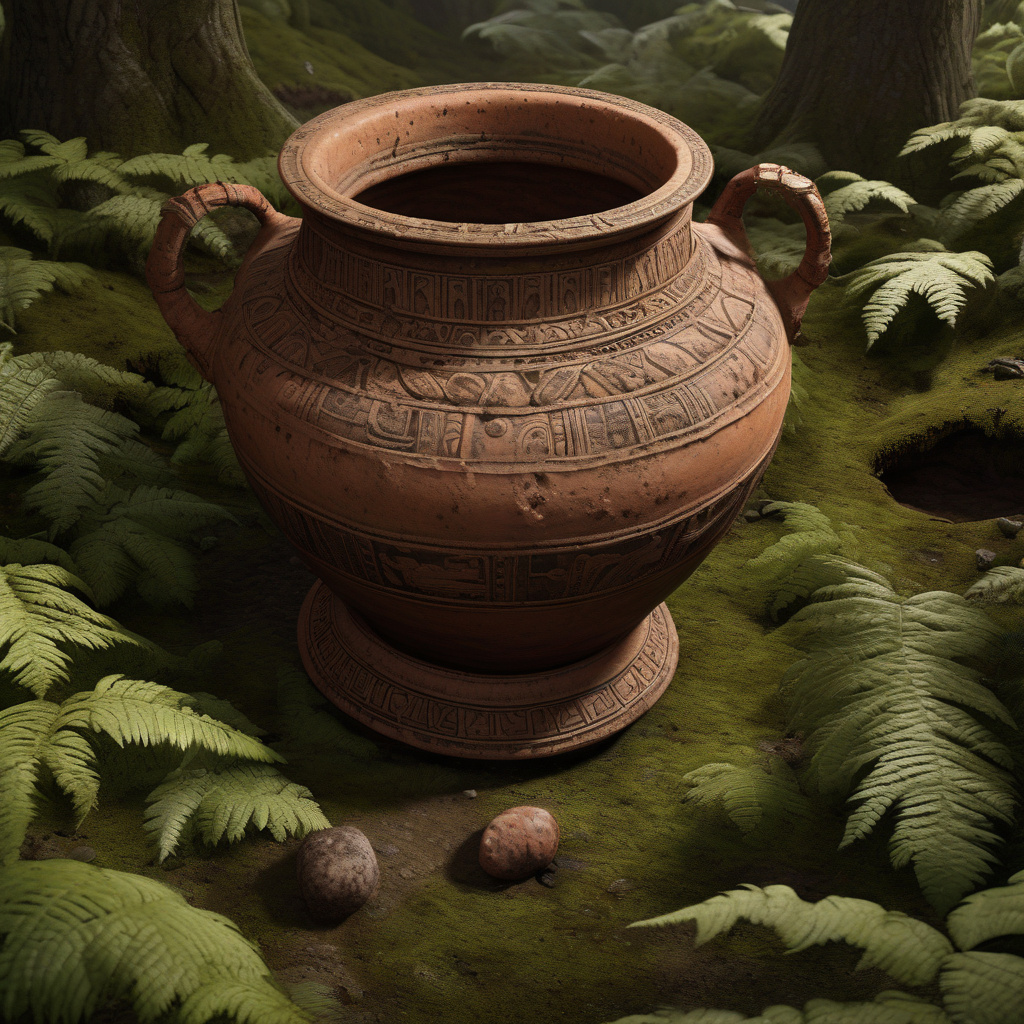Intact Roman Pot Discovered for First Time in Ireland, Reveals Ancient Trade Relations
An extraordinary discovery of a Roman pot was made at the Drumanagh promontory fort in Ireland, shedding light on ancient trade relations and connections that have previously been unknown. This finding marks the first time an intact Roman pot has been unearthed in Ireland, opening up a world of possibilities for historians and archaeologists to unravel the mysteries of the past.
The Drumanagh promontory fort, located near the town of Loughshinny in County Dublin, has long been a site of historical significance. Dating back to the Iron Age, the fort has been the focus of numerous archaeological digs over the years, revealing insights into the lives of the people who inhabited the area thousands of years ago. However, the discovery of the Roman pot has taken researchers by surprise and added a new layer of complexity to the site’s history.
The pot, believed to date back to the Roman occupation of Britain in the 1st century AD, provides tangible evidence of trade and cultural exchange between the Roman Empire and ancient Ireland. Its presence at Drumanagh suggests that the fort may have served as a trading post or a point of contact between the two regions, challenging previously held notions about the extent of interactions between the Roman world and Ireland.
This discovery raises intriguing questions about the nature of these trade relations and the role that Drumanagh may have played in facilitating them. Did the inhabitants of the fort actively engage in trade with Roman merchants, exchanging goods and commodities across the seas? Or was the pot a rare artifact that found its way to Ireland through more indirect means, such as gift-giving or plunder?
Further analysis of the pot and its contents may provide clues to help answer these questions. By studying the materials used to make the pot, its design, and any residue found inside, archaeologists can gain valuable insights into its origin and purpose. For example, traces of exotic spices or food items could indicate that the pot was used for storing valuable imports from the Roman Empire, while markings or inscriptions may reveal more about its journey and significance.
Moreover, the discovery of the Roman pot at Drumanagh highlights the interconnected nature of ancient societies and the importance of studying material culture to understand the past. Just as the pot has transcended time and space to offer a glimpse into the past, so too can other artifacts provide valuable information about the people, practices, and interactions that shaped the world we live in today.
As researchers continue to explore the implications of this remarkable find, one thing is clear: the Roman pot discovered at the Drumanagh promontory fort is more than just a piece of pottery. It is a testament to the enduring legacy of ancient trade relations and the power of archaeological discoveries to reshape our understanding of history.
In conclusion, the unearthing of the intact Roman pot in Ireland serves as a reminder of the rich tapestry of connections that have linked diverse cultures and civilizations throughout the ages. By piecing together the fragments of the past, we can gain a deeper appreciation for the shared heritage that binds us together across time and space.
ancienttrade, archaeologicaldiscovery, Romanpot, Drumanaghfort, Irishhistory












